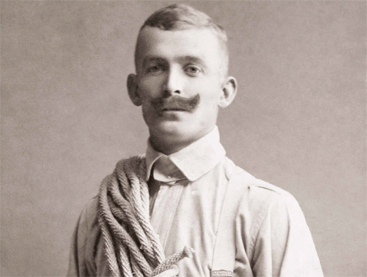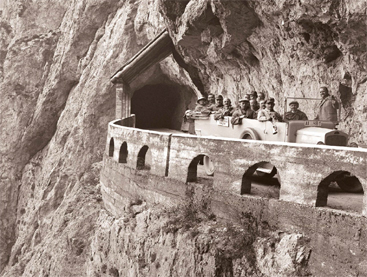Anyone who gains insight into the Heimhuber family's archive in Sonthofen can immerse themselves in more than 140 years of photography in the Allgäu and nearby region. Facing the complex technology, the stock of glass plates is amazing. Eugen Heimhuber (1879-1966) alone has been responsible for around 18,000 recordings of this archive. Some of these photographs were taken during his tours to the regions around the Arlberg, Flexen and Hochtannbergpasses. They date to the time before the First World War and the interwar period. They were being made visible to a broader public for the first time in a project of the Foundation Friends of Hannes Schneider based in Stuben am Arlberg.
This exhibition was seen in and around Stuben in 2019 and 2020.






























